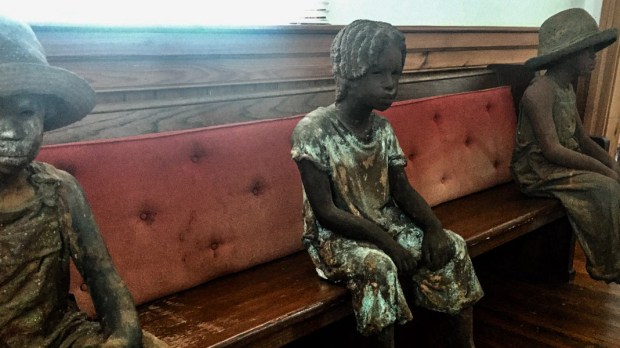Lenten Campaign 2025
This content is free of charge, as are all our articles.
Support us with a donation that is tax-deductible and enable us to continue to reach millions of readers.
Two years ago, while visiting friends in South Carolina, my husband Chris and I visited Mansfield Plantation Bed & Breakfast, just outside of Charleston. It was a lovely place — so much so that it was featured in the film “The Patriot” — but more lovely still because of what was happening there. The current owner, John Parker, is a descendant of the original owner. He bought the plantation in 2004, after it had been out of his family’s hands for decades. Then, not long after he purchased it, he reconnected with Dwight Parker, a descendant of a former Mansfield slave. Together, they’ve been working to preserve the story of the slaves who built and worked the plantation.
Over the past decade, the two men — one black, one white — have preserved slave cabins, as well as the old slave meeting house, schoolhouse, and cemetery. More is in the works. The friendship and partnership these men have formed, and the work they’ve done to both honor the slaves and tell the whole story of the plantation, is remarkable. During our stay there, Chris and I both felt an overwhelming sense of peace. Healing was happening on once bloodied ground, and the peace made possible by that healing was palpable.
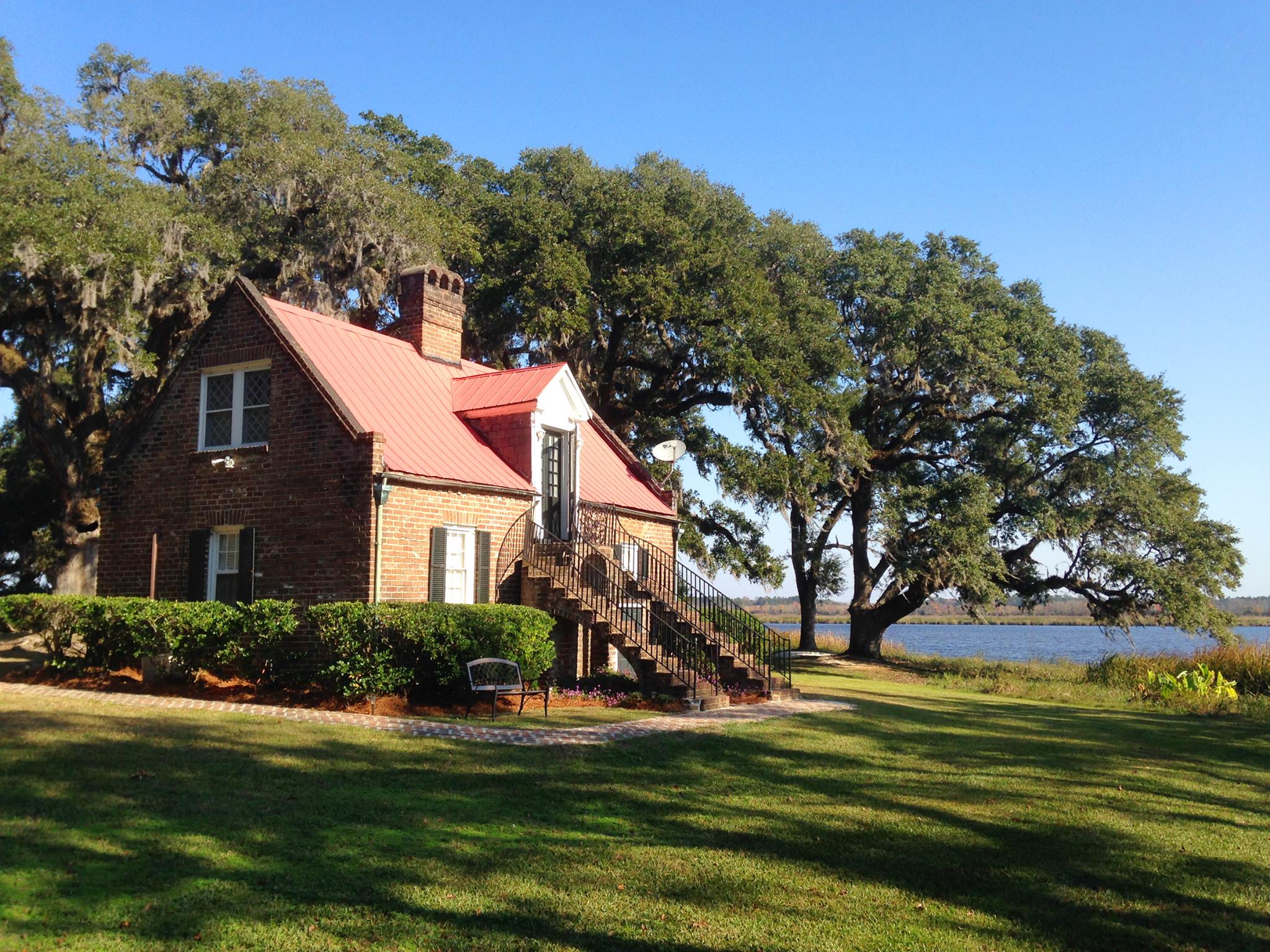
This past weekend, we traveled to Louisiana, where where we visited Houmas House Plantation and Gardens and Nottoway Plantation. Both are now inns (like Mansfield), so we decided to stay at Nottoway. Our experiences there could not have been more different from our experience at Mansfield.
Houmas and Nottoway, like Mansfield, were both stunningly beautiful — memorable works of architecture filled with remarkable works of art. Also like Mansfield, Houmas and Nottoway were both built by slaves. Slaves cut down the cypress trees that formed their magnificent walls. Slaves made the bricks that formed their massive foundations. And the labor of slaves made possible every piece of silver, every work of art, every piece of velvet and silk that once filled their spacious interiors.
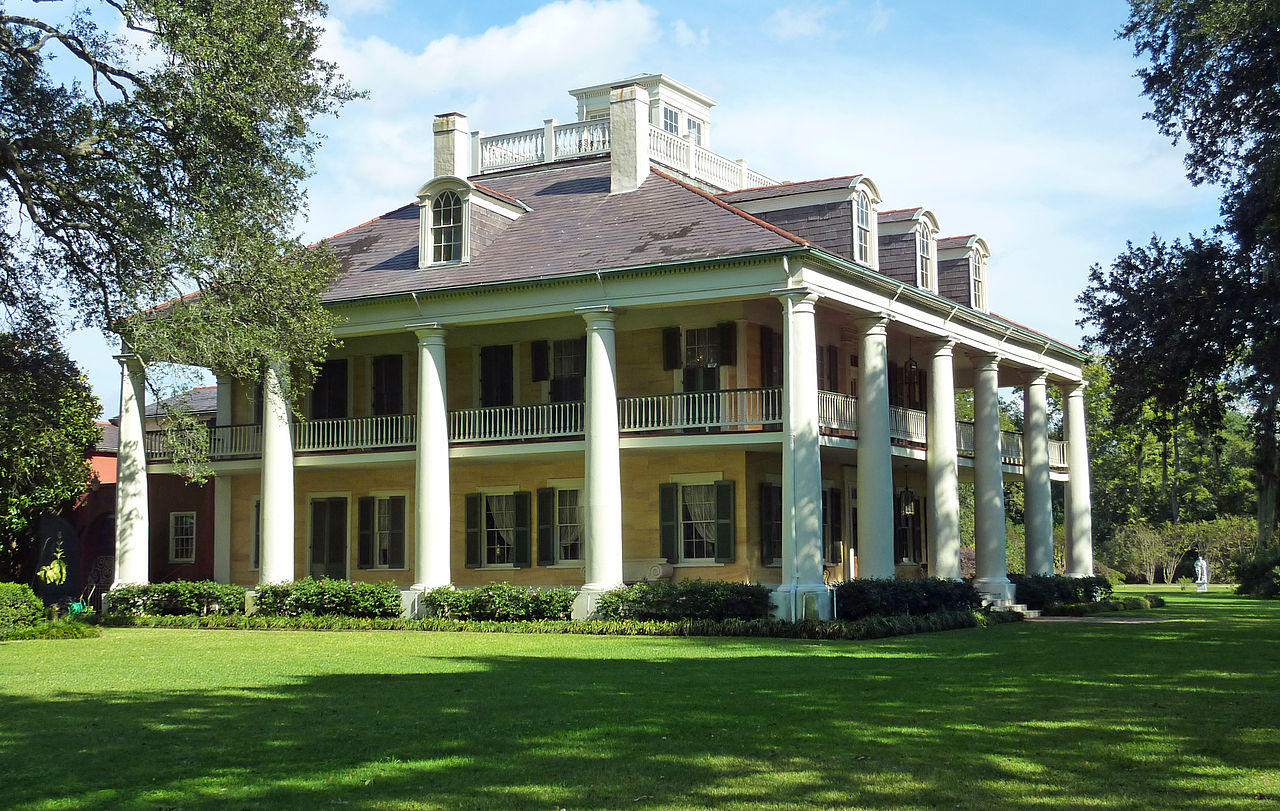
Unlike Mansfield, however, with some minor exceptions, Houmas and Nottaway glossed over the role those slaves played in building the plantations. Instead, they focused on the plantation owners and each plantation’s “romantic” and “glorious” past. There were no remaining traces of the slaves who once lived there, save for Nottoway’s reconstructed luxury guest cottages, which were designed to look like the former slave cabins. It was hideous. A spirit of oppression hung strongly over Nottoway, and Chris and I left the next morning as soon as we could, jettisoning our plans of spending the day there, relaxing and reading.
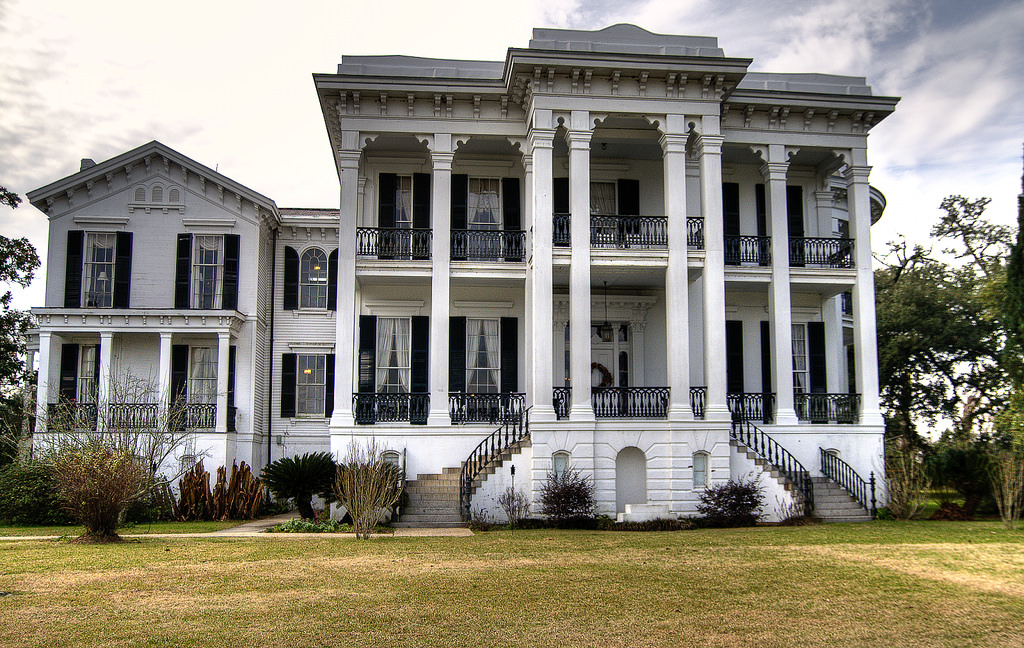
Instead, we drove 40 minutes south to Whitney Plantation. Located less than an hour from New Orleans, Whitney Plantation is the only plantation/museum in the country dedicated entirely to the experience of slaves. There, we saw memorials to slave rebellions and the children who died in slavery, read testimonials of children who grew up in slavery (captured in the 1930s by Roosevelt’s WPA Writer’s Project), explored restored slave cabins and a slave prison, and walked through the relatively simple “Big House.” All the while, our tour guide explained the work that went into growing and harvesting the plantation’s crop — sugar cane — and detailed the living and working conditions of the 300 plus slaves who called Whitney home.
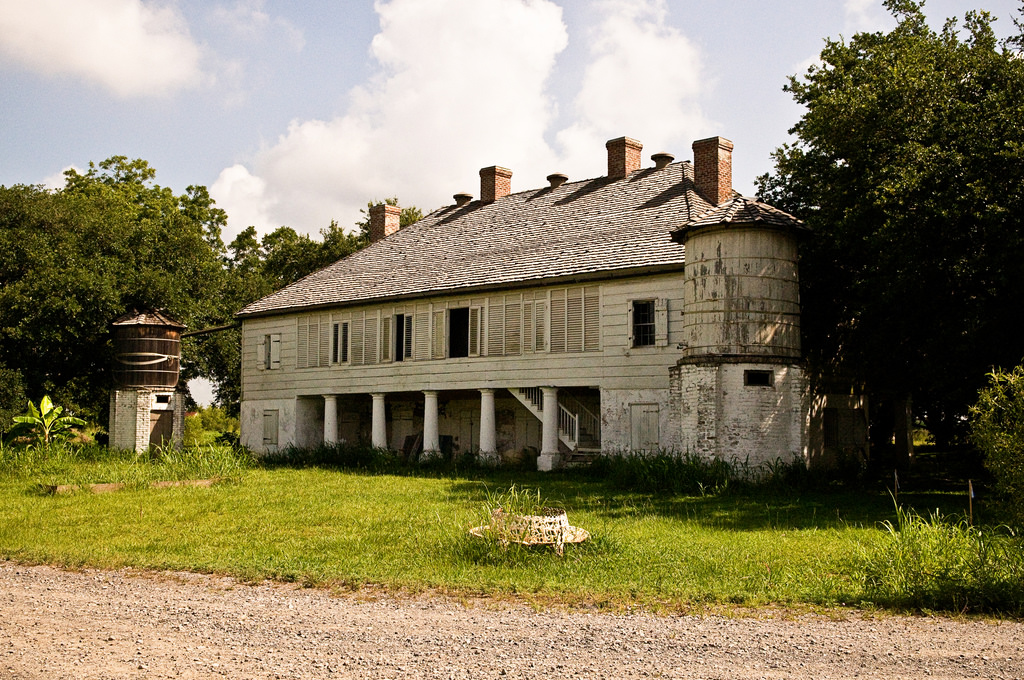
Ever since the Charlottesville riots, my husband and I have been wrestling with what happened, trying to understand it and struggling with how to respond. Our weekend in Louisiana only compounded that struggle, helping both of us see with new clarity that in some quarters of our country (and not just the South), the full horror of slavery and its after-effects has been shoved under the rug, like a murderous old uncle everyone wants to pretend doesn’t exist.
Today, too many Americans want to pretend that our country’s racist past is far more ancient than it actually is. We tell ourselves that slavery died long ago, and that it has nothing to do with the problems of the present. But that’s nothing more than a comforting lie.
When my grandfather was born, in 1927, thousands upon thousands of ex-slaves were still alive. When my husband was born, in 1968, the Civil Rights movement had just recently claimed its first successes. In the grand sweep of history, slavery and Jim Crow ended just a few days ago. And if we don’t recognize that, if we don’t deal with that, there’s no way we can adequately deal with the challenges of the present moment, many of which are a direct result of slavery and the institutional racism that followed Reconstruction.
The tour guides at both Houmas House and Nottoway informed us that the slaves on those plantations were treated well and that the owners were known as kind, good men. I think that’s something everyone wants to believe about their ancestors who held slaves. But even if it were true, their ancestors still owned other human beings. They still separated mothers from children, husbands from wives, and quite literally bred other human beings as workhorses. Those people, whatever other virtues they might have had (and I’m sure they did have other virtues), bear responsibility not only for the evils of their day, but also for the consequences of slavery that have reverberated through the generations, right up until now. Their pastors, priests, business associates, and bishops, who did nothing to stop them, bear some of that responsibility as well. So too, do all those who came after them, in the North and South, who upheld a system of racial segregation or who looked on from afar, disapprovingly, but also disinterestedly. All those actions (or inactions) must be answered for and atoned for.
The plantations my husband and I visited are beautiful examples of architecture. They are part of our history. They should not be destroyed or left to decay. But at the same time, those plantations and others like them must stop glossing over their origins. They need to acknowledge the blood and sweat of the slaves that built them in a more visible way. History demands it. Our humanity demands it as well. Taking a page from Mansfield Plantation in Charleston, and reconstructing the slave villages for all to see, would be wise. At minimum, erecting a memorial to all the slaves who worked there, naming them if possible on that memorial, seems like a must.
As for the rest of us, it doesn’t matter what color we are or where our ancestors came from. We all have sinned, and we all have the power to atone for sin — our sins and those of others. One of the great teachings of the Catholic Church is that through our prayers and sufferings, we can help “make up” for the wrongs others have done. We can, as St. Paul says, “complete what is lacking in the sufferings of Christ.” As such, we all can make reparation for the sins of slavery … and Jim Crow laws … and abortion … and avarice … and lust … and pride … and cruelty … and all the other wrongs committed by people of every color and nationality. Our prayers, our sacrifices, our acts of atonement can do more to change hearts and heal nations than any riot or protest ever can. Violence doesn’t change hearts. That is the exclusive purview of grace, charity, and forgiveness.
If a city wants to take down Confederate statues from their town squares, that is their choice. If they want to leave them up, that too is their choice. I’m more inclined to support the former — particularly when it comes to removing those statues erected during the height of Jim Crow or the Civil Rights Movement — but it’s not my call. There are no Confederate statues in my Pennsylvania town. Regardless, no matter what cities choose, more statues like the ones pictured above should be erected. These are statues of the slave children whose stories the WPA project preserved. They are all over Whitney Plantation, looking at you, haunting you, breaking your heart, and all the while reminding you of how very much we, as a nation, have to atone for and pray for.
That really is the most important reminder: our need to do penance for the sins of our ancestors — and our own sins today. You may not have a racist bone in your body. You many have never done a thing in your life to hurt a person of another color. You might be black or white or brown. It doesn’t matter. As members of the human race, Jesus Christ still asks us to join him in suffering for the sins of the world. Recognizing that, acknowledging that, accepting that, is where healing starts. And if we don’t do that, only more sin, hatred, and bloodshed will follow.
